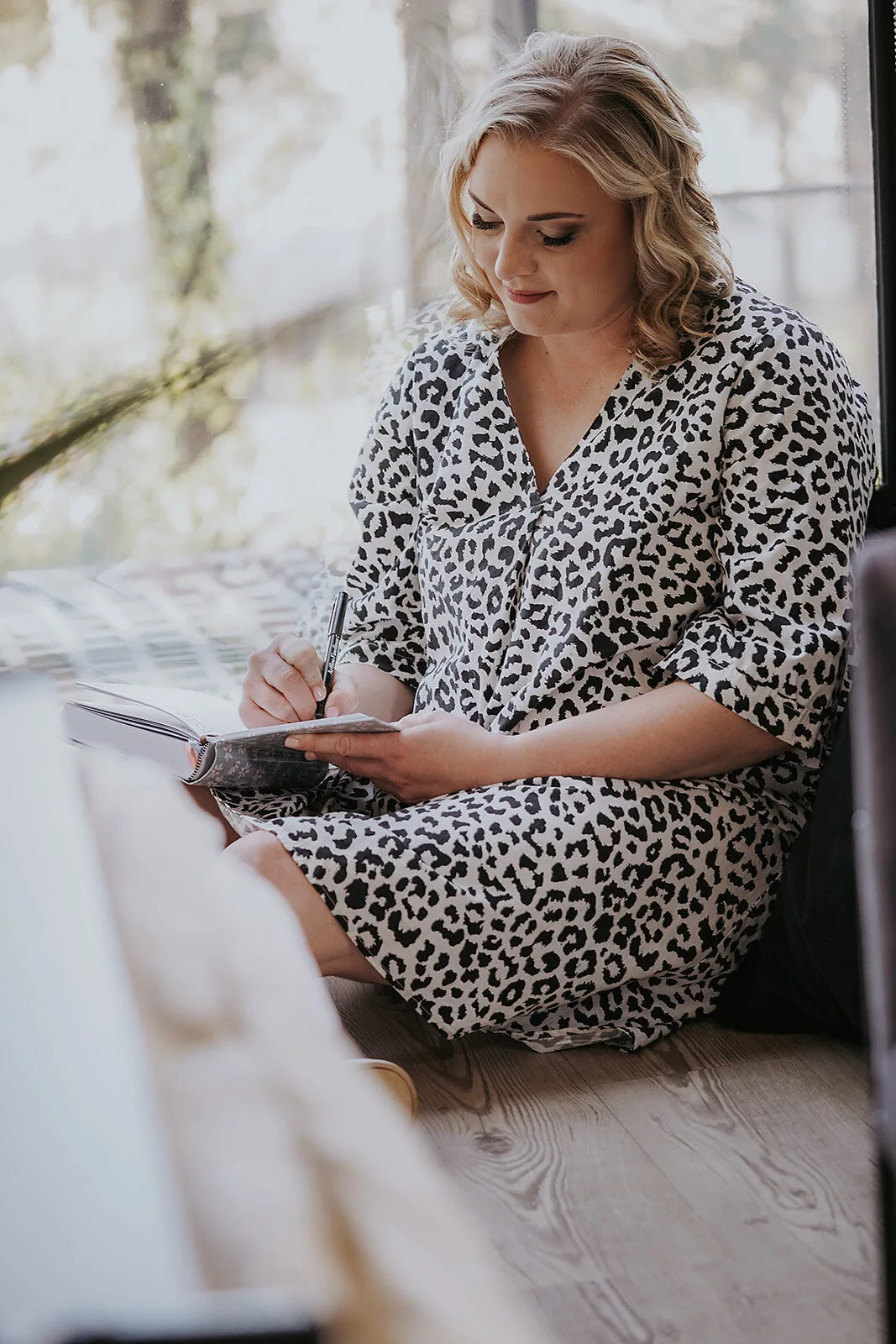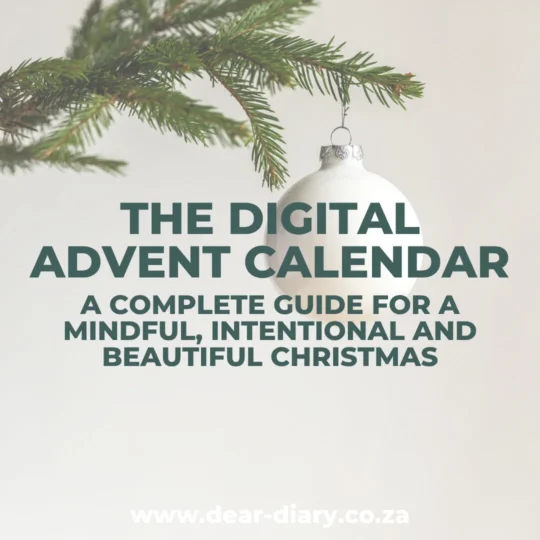Digital planners excel at logistics—syncing across devices, sending notifications, and managing complex recurring events effortlessly. Paper planners engage different cognitive pathways, enhancing memory retention and task completion rates through physical writing. You’ll face trade-offs: digital offers convenience but can create notification overload, whilst paper provides therapeutic benefits and customisation but lacks instant sharing. Demographics matter too—72% of 18-24 year-olds have gone fully digital, whilst women favour paper planners more than men. Your choice depends on lifestyle and planning style preferences.
The age-old battle between digital and paper planners isn’t just about preference—it’s about how your brain actually works. When you physically write something down, you’re engaging different cognitive pathways than when you type it into your phone.
This fundamental difference explains why 28% of South African adults still clutch their paper planners despite living in a digital world. Here’s what the numbers reveal: 70% of adults rely on digital calendars, with younger demographics leading the charge.
If you’re between 18-24, there’s a 72.35% chance you’ve gone fully digital. But here’s where it gets interesting—paper users consistently show higher task completion rates than their mobile-wielding counterparts.
Your grandmother’s paper calendar might actually be more effective than your smartphone. The gender divide tells another story.
Women prefer paper planners at 32.1% compared to 24.6% of men. This isn’t coincidence—it reflects how different people process information and manage stress. Paper planning offers therapeutic benefits and creative expression that digital can’t replicate.
Digital planners excel at logistics. They sync across devices, send programmed notifications, and handle complex schedules effortlessly.
You can share calendars with teammates, set voice commands, and manage recurring events without lifting a pen. The 35-44 age group has adopted this most fully, with 75.24% going digital. Among mobile calendars, Apple and Google dominate the market with nearly identical usage rates of 25.38% and 25.11% respectively.
Paper planners shine in different areas. They improve your ability to visualise interconnected plans and boost memory retention through physical writing. There’s no notification fatigue, no battery anxiety, and zero risk of data corruption.
You can customise layouts, add artistic touches, and plan offline anywhere. Paper planners also provide offline usability since they function without requiring an internet connection. Modern paper planners feature habit trackers for comprehensive wellbeing monitoring alongside traditional planning functions. The effectiveness gap comes down to engagement.
Digital calendars reduce active time management through mechanisation, which sounds convenient until you realise you’re less connected to your schedule. Paper forces intentional planning and mindfulness—every entry requires deliberate thought. Paper calendar users consistently demonstrate broader perspective during their planning process, leading to more comprehensive strategies.
Both systems have pitfalls. Digital users face notification overload and tech dependency vulnerabilities. Paper users struggle with editing limitations and storage constraints.
Neither integrates perfectly across all ecosystems, creating frustrating gaps. Smart planners are adopting hybrid approaches.
You might use digital for team coordination and recurring events whilst maintaining paper for daily check-ins and brainstorming. This combination utilises digital’s syncing capabilities with paper’s cognitive benefits. Digital planners designed for specific professions, such as those targeting South African classrooms, can bridge the gap by offering specialised templates and resources. Modern digital tools offer instant download access, eliminating shipping delays and providing immediate access to planning resources. The 2026 Digital Everything Planner exemplifies this trend with 581 pages of comprehensive planning tools designed specifically for women balancing multiple life responsibilities.
The choice ultimately depends on your lifestyle and brain wiring. If you manage complex, collaborative schedules across time zones, digital wins. If you value mindfulness, creativity, and proven memory benefits, paper delivers.
Many successful South Africans use both strategically. Modern digital planners offer unlimited customisation options that bridge the gap between digital efficiency and personal expression. Consider your attention span, technical comfort, and planning style. Paper planners significantly improve time management and reduce stress through enhanced organisation.
Do you need instant updates and sharing capabilities, or do you crave the tactile satisfaction of crossing items off with actual ink? Your planning system should improve your thinking, not complicate it.
Frequently Asked Questions
Can I Switch From Digital to Paper Planners Mid-Year?
You can absolutely switch from digital to paper planners mid-year. Export your digital entries, screenshot important dates, then transfer key information to your new paper planner for seamless continuation.
Which Planner Type Is Better for People With ADHD?
Neither’s universally better for ADHD—you’ll need to match your specific symptoms to planner strengths. If you struggle with time management, choose digital for notifications. If you’re easily distracted, paper’s focus-friendly.
How Much Do Digital Planners Typically Cost Compared to Paper Ones?
You’ll spend £9-£12 upfront for digital planner templates, whilst paper planners cost £40-£75 annually. Digital becomes cheaper long-term since you’re not replacing it yearly like paper options.
Can Digital Planners Work Offline Without Internet Connection?
Yes, you’ll find many digital planners work offline. Apps like MyDigitalPlanner offer full offline functionality, whilst others like Notion provide limited offline access through cached pages you’ve recently opened.
Are There Hybrid Planners That Combine Digital and Paper Features?
You can use hybrid planners that blend digital scheduling with paper note-taking. They’ll let you sync calendar apps with physical layouts, scan handwritten notes digitally, or use stylus-enabled tablets for handwriting.





